CPI Trackers
CPI inflation reflects changes in the prices of thousands of products, some of them quite volatile. Our monthly CPI Tracker looks in detail at changes in the prices of individual products to try to get a measure of underlying inflation.
Subscribe to CPI Tracker releases
Publications - all CPI Trackers filters
Inflation Holds Steady at Four Per Cent, But is Set to Fall in Coming Months
14 Feb 2024
CPI Trackers
Downward Contributions in Nearly all Categories Bring CPI to 3.9%
20 Dec 2023
CPI Trackers
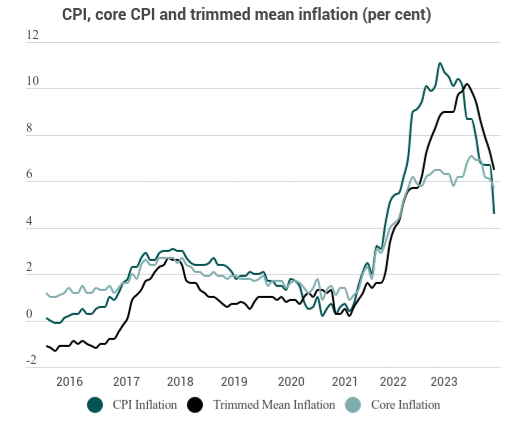

CPI Holds at 6.7 per cent as Measures of Underlying Inflation Remain High
18 Oct 2023
CPI Trackers
Large Falls in Underlying Inflation Ahead of Tomorrow’s MPC Meeting
20 Sep 2023
CPI Trackers
Welcome Fall in Headline Rate Despite Little Movement in Underlying Measures
19 Jul 2023
CPI Trackers
Energy Prices Drive Fall in CPI, Masking Worrying Underlying Trends
24 May 2023
CPI Trackers
Unexpected Rise in Inflation Complicates Tomorrow’s MPC Decision
22 Mar 2023
CPI Trackers
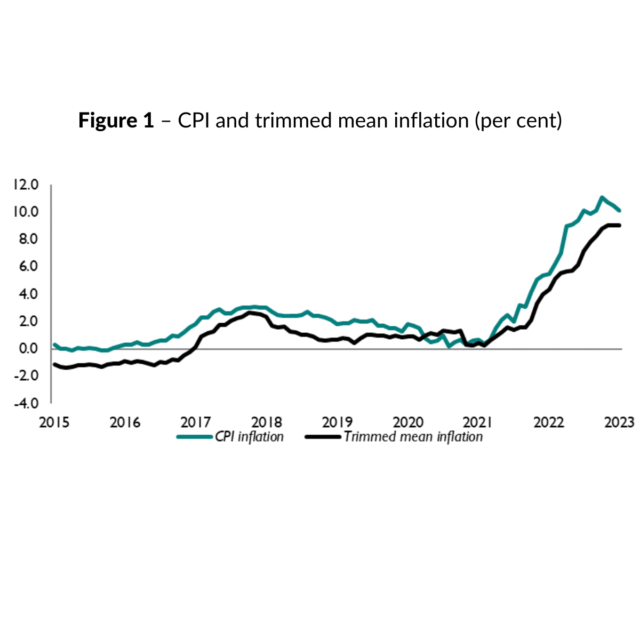
Moderate Fall In Inflation In January Masks A Serious Fall In Real Wages
15 Feb 2023
CPI Trackers
Underlying Inflation Reaches New Record High Ahead of MPC Meeting Tomorrow
14 Dec 2022
CPI TrackersTrackers
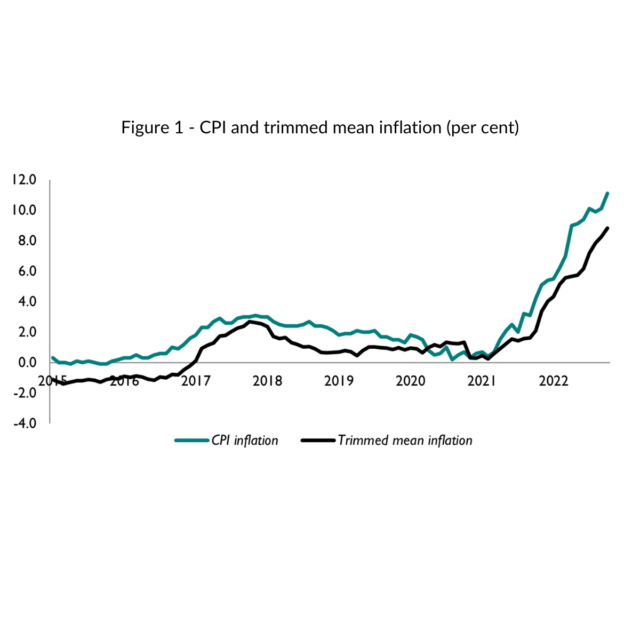
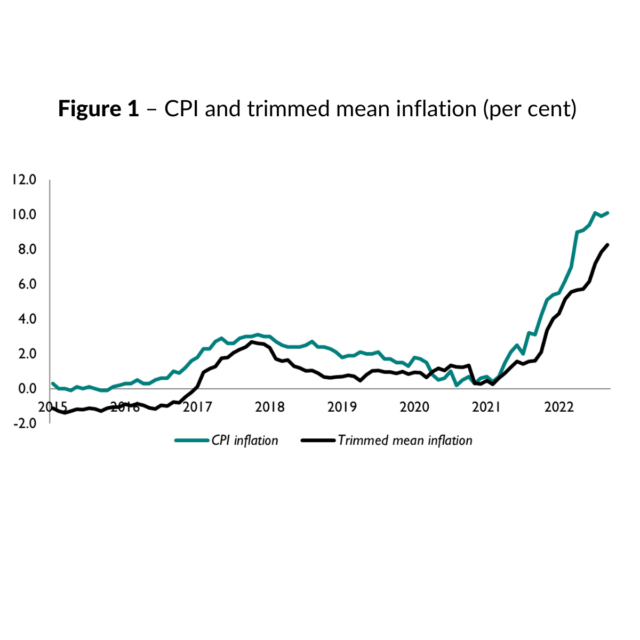
Difficult Challenges Ahead for MPC with Underlying inflation in the UK Hitting Record High
19 Oct 2022
CPI Trackers
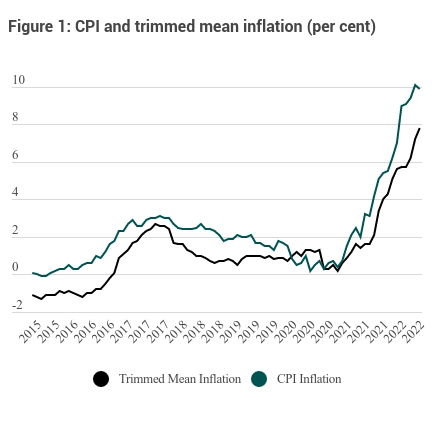
Although the Latest Fall in UK Inflation in August to 9.9 per cent Looks Positive, Underlying Inflation Still Remains at Record High Levels
14 Sep 2022
CPI Trackers